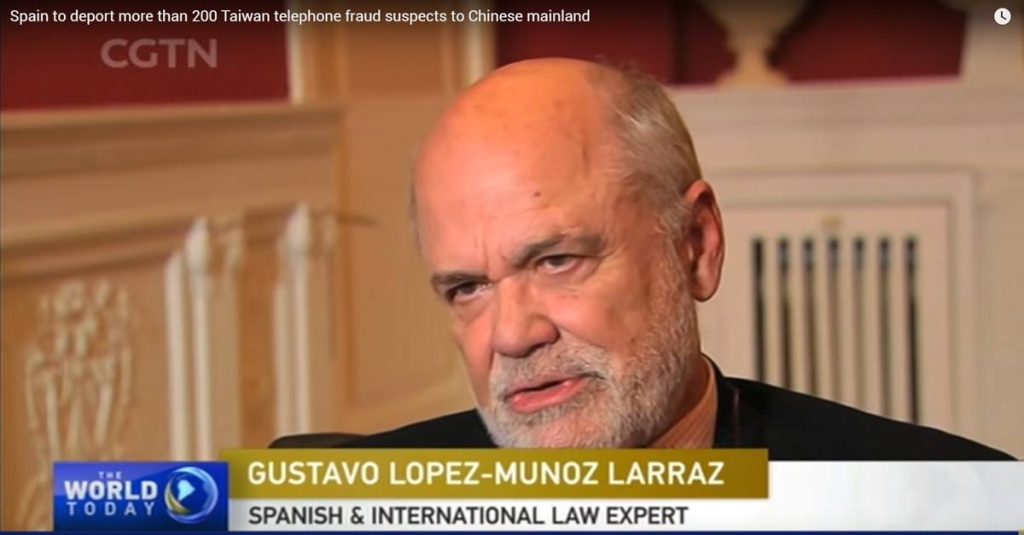The merger of companies: classes and procedure

In previous articles, such as the one by Joint Agreements Venture, we identify the merger of companies as a business growth operation in which two or more registered commercial companies are integrated into a single company through the block transfer of their assets and the attribution to the partners of the companies that are extinguished of shares, participations or quotas of the resulting company, which can be newly created or one of the merging companies.
Types of company mergers
Pure or by integration: It results in a newly created company
The merger into a new company will imply the extinction of each of the merging companies and the block transfer of the respective corporate assets to the new entity, which will acquire by universal succession the rights and obligations of those.

Company merger by absorption: One of the companies that absorbs the rest survives
If the merger were to result from the absorption of one or more companies by an existing one, the latter will acquire by universal succession the assets of the absorbed companies , which will be extinguished, increasing, where appropriate, the share capital of the absorbing company by the appropriate amount.

What happens to the shares of the companies extinguished as a result of the merger between companies?
The partners of the extinct companies will be integrated into the company resulting from the merger, receiving a number of shares or participations, or a quota, in proportion to their respective participation in those societies.
The exchange type of the shares, participations or quotas of the companies participating in the merger must be established based on the real value of their assets
Sometimes, to adjust the type of exchange, members may also receive compensation in money that does not exceed ten percent of the value par value of the shares, of the participations or of the book value of the assigned quotas.
The legal regime applicable to mergers of commercial companies is included in the Law 3/2009, of April 3, on structural modifications of commercial companies (LME). However, sectoral regulations or personal regulations must be taken into account in the case of mergers of companies of different nationalities.
The Merge procedure is divided into different phases
Elaboration of the Common Fusion Project
The preparation and signing of a Common Merger Plan (PCF) by the administrative bodies of the companies that will be involved in the operation it is absolutely essential for the execution of the merger.
The minimum content that the PCF must collect is regulated in art. 31 LME which, among others, stipulates the following information: The company name of the resulting company, the type of company and the domicile of the merging companies and of the company resulting from the merger merger, the applicable exchange rate or complementary compensation, rights and bylaws of the resulting company, effective date of the merger, etc.
Once prepared and signed, the corporate administrators must comply with the publicity requirements of the PCF (insertion of the merger project on the web page of the participating companies or, failing that, deposit in RM and BORME advertising) so that all partners who have to decide on the merger at the Board of Partners have access to the project. Otherwise, said Meeting cannot be called.
Similarly, in relation to the merger project, the following reports are prepared:
Administrators report
The administrators of each of the companies participating in the merger will prepare a report explaining and justifying in detail the common merger project in its legal and economic aspects, with special reference to the type of exchange of shares, participations or quotas and to the special valuation difficulties that may exist, as well as the implications of the merger for partners, creditors and workers.
More information about our department specialized in Buying and Selling Companies
The expert report (essential in the case of limited or limited companies)
The administrators of each of the merging companies must request the appointment of one or more independent experts from the corresponding commercial registrar, so that they can issue a report on the project separately fusion common.
Notwithstanding the foregoing, the administrators of all the merging companies referred to in the previous section may request the commercial registrar to appoint one or more experts to prepare a single report.
Another document that must be prepared before submitting the PCF for approval by the partners of the different companies involved is the Merger Balance Sheet which has a informative purpose to members and whose content and requirements are regulated in art. 36 EML
Merger Approval
The merger must be approved by the Shareholders’ Meeting by the members of the participating commercial companies – who will have all the information and documentation included in the merger project, the reports and the balance – within a maximum period of 6 months from the approval of the PCF.
The merger agreement will require the consent of all partners who, by virtue of the merger, become unlimitedly liable for corporate debts , as well as that of the partners of the companies that are extinguished who have to assume personal obligations in the company resulting from the merger.
The individual consent of the holders of special rights other than shares or participations will also be needed when they do not enjoy, in the company resulting from the merger, of equivalent rights to those that corresponded to them in the extinct company.
The merger agreement may be adopted by abbreviated procedure (without the need to previously publish or deposit the documents required by law and without a report from the administrators on the merger project) when agreed, in each of the companies participating in the merger, in a universal meeting and by unanimity of all partners with voting rights.
Formalization and registration of the Merger
The merging companies will submit the merger agreement adopted to a public deed, to which the merger balance sheet will be incorporated.
The effectiveness of the merger will occur with the registration of the new company or, where appropriate, with the registration of the absorption in the competent Mercantile Registry.
Once the merger is registered, the registry entries of the extinct companies will be cancelled.




















